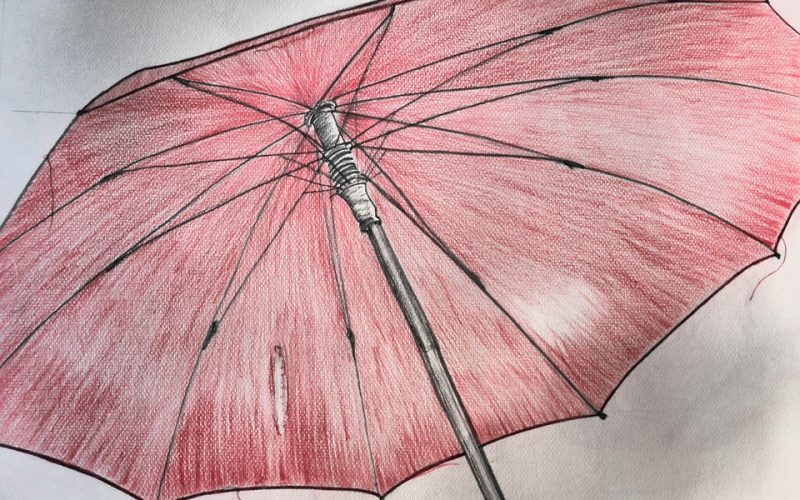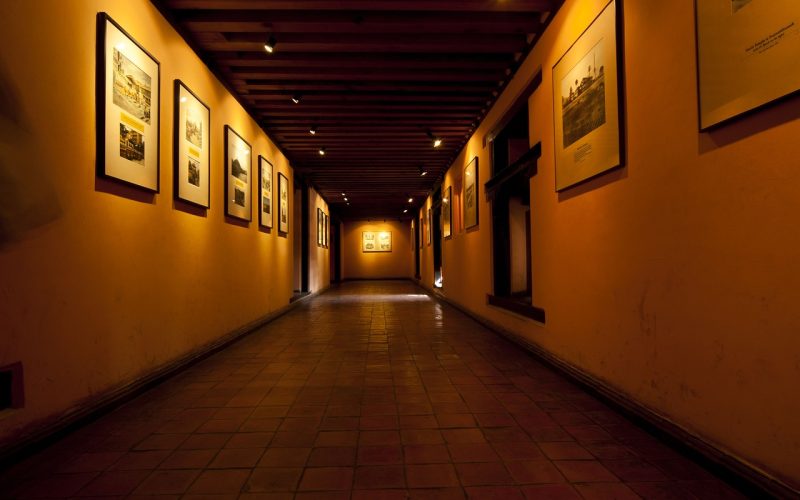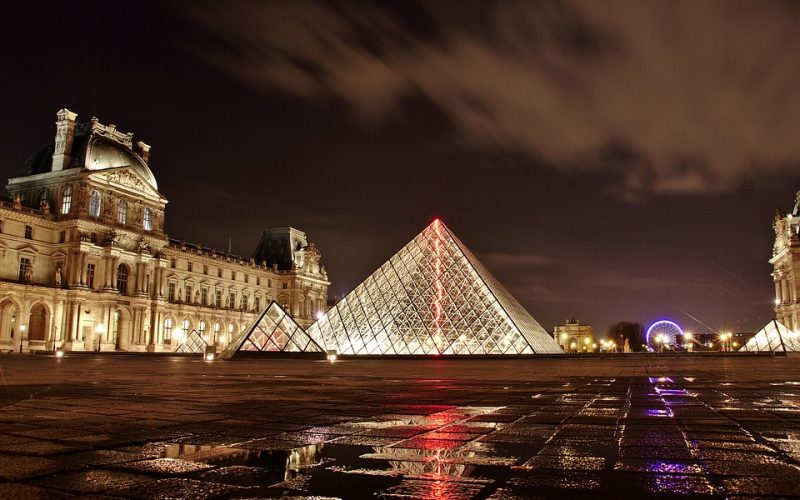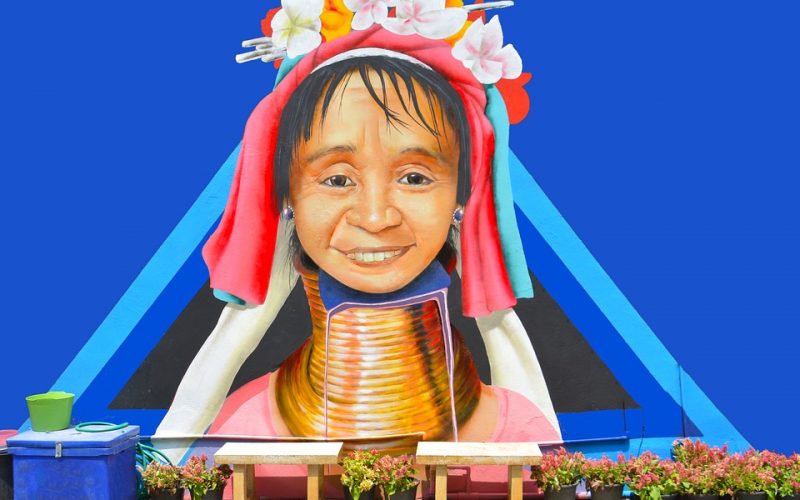Preserving Heritage Through Cultural Expression
Throughout history, art has served as a powerful medium for documenting cultural heritage and expressing the unique identities of communities around the world. From intricate carvings to vibrant paintings, different cultures have utilized art as a tool to capture their narratives, beliefs, and traditions.
The ancient Egyptians and their visual storytelling
The ancient Egyptians are renowned for their monumental contributions to art and architecture, with their creations often serving as a reflection of religious beliefs and societal values. Hieroglyphs, for example, were not merely a writing system but also an art form that depicted stories of gods, pharaohs, and everyday life. These symbols were intricately carved into temple walls, tombs, and papyrus scrolls, providing invaluable insights into the civilization's history and customs. The visual storytelling of ancient Egyptian art offers a glimpse into their worldview, highlighting the importance of the afterlife and the divine.
Indigenous Australian art and the Dreamtime
Indigenous Australian communities have a profound connection to the land, and this relationship is beautifully illustrated through their art. The Dreamtime, or Dreaming, is a central aspect of Aboriginal culture, representing the spiritual and ancestral dimension of the world. Through mediums such as rock engravings, bark paintings, and dot art, Indigenous Australians have documented their creation stories, kinship with nature, and sacred sites. These artworks are not only a testament to their cultural heritage but also play a vital role in preserving and passing down ancestral knowledge to future generations.
African art as a medium of cultural expression
In Africa, art has been an essential vehicle for cultural expression, with each region and ethnic group contributing its distinctive style and symbolism. Masks and sculptures, for instance, are integral to many African societies, serving as conduits for spiritual rituals, ceremonies, and communication with ancestors. The vibrant patterns and motifs found in textiles, pottery, and beadwork reflect the diversity and richness of African cultures. By incorporating elements from their environment, African artists have created a visual language that speaks of their history, beliefs, and cultural identity.
The intricate tapestries of Persian art
Persian art is celebrated for its intricate designs, vivid colours, and harmonious compositions. From the exquisite carpets that grace palaces to the detailed miniatures adorning manuscripts, Persian art has long been a symbol of cultural pride and identity. Calligraphy, an esteemed art form in Persian culture, transforms words into beautiful visual expressions, often conveying poetic verses and religious texts. These artworks serve as historical records, capturing the essence of Persian society, its philosophical ideas, and its contributions to the broader Islamic art tradition.
Mesoamerican civilizations and their monumental art
The Mesoamerican civilizations, including the Maya, Aztec, and Olmec, are renowned for their monumental art forms that have stood the test of time. From towering pyramids to intricately carved stelae and codices, these cultures documented their history, astronomy, and religious beliefs through art. The Maya, for example, used vibrant murals and pottery to depict scenes of their daily life, rituals, and deities. These artworks remain a testament to the advanced knowledge and creativity of Mesoamerican societies, providing valuable insights into their cultural legacy.
The influence of European art movements on cultural documentation
European art movements, such as the Renaissance and the Baroque, played a significant role in documenting cultural heritage and shaping artistic expression. During the Renaissance, artists like Leonardo da Vinci and Michelangelo drew inspiration from classical antiquity, producing works that celebrated humanism, innovation, and exploration. These artworks not only captured the essence of the period but also paved the way for future generations to explore themes of identity, individuality, and cultural heritage. Similarly, the Baroque period's emphasis on drama, movement, and emotion can be seen in grand architectural designs and theatrical paintings that reflect the cultural and religious tensions of the time.
Art serves as a vital link between the past and the present, providing a window into the cultural heritage of diverse societies. By documenting their beliefs, values, and experiences through art, cultures around the world have preserved their unique identities and enriched the global tapestry of human history. Through the appreciation of these artistic expressions, we gain a deeper understanding of the intricate narratives that have shaped our shared heritage.





